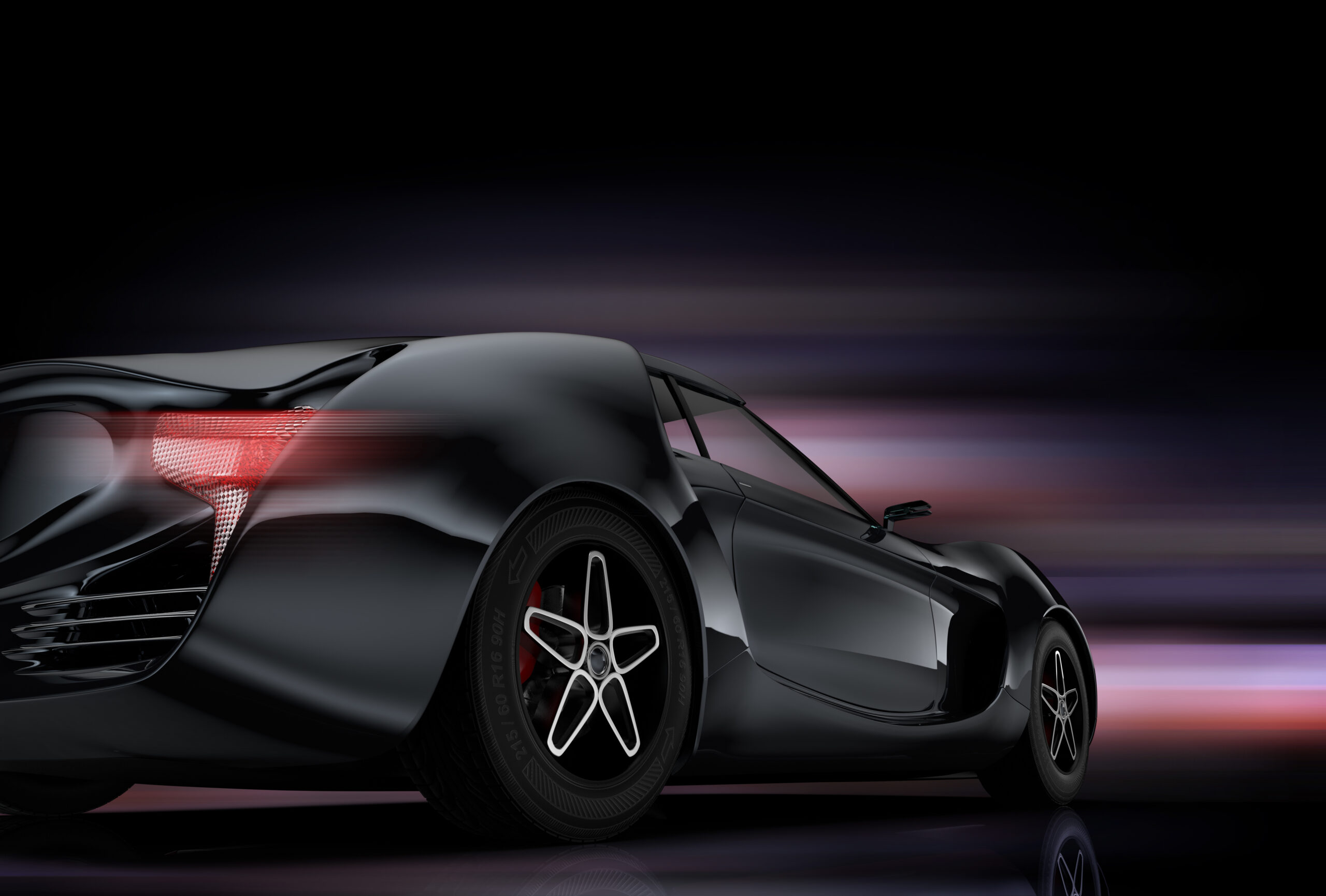A quick look into automotive Ethernet and in-vehicle networks

Learn more and master the design challenges of Automotive Ethernet communication
Non automotive ethernet, in and of itself, is merely a system of wired computer networking technologies with protocols to control the passing of information. Automotive Ethernet is a form of Ethernet network specifically created for faster data communication for in-vehicle networking.
The differences between Ethernet and automotive Ethernet are in the physical layer–the lowest or first layer most closely associated with the physical connection between devices in an Open System Interconnection (OSI) Model. This conceptual model that, according to the ISO (an international organization for standardization), provides a common basis for the coordination of standards, has the communications between a computing system split into seven different abstraction layers: Physical, Data Link, Network, Transport, Session, Presentation, and Application.
Why is Ethernet used in automotive?
Communication among electronic control units (ECUs) has become more complex, and network throughput has grown in bandwidth with increased software functionality in cars. Ethernet-based communication offers high bandwidth and higher flexibility for integration with cloud services and consumer products. And while it may add a more complex set of standards and protocols, they are more scalable than specialized automotive networks with the same communication software used to make updates easier over time.

Meet legislation and safety requirements with automotive Ethernet communication
The information on vehicle networks is of mixed-criticality – some are safety-related or legislated, while others are for the driver’s comfort or convenience. The simultaneous need to communicate safety-related and non-safety-related information introduces requirements for processing and presenting such data and network design. Ethernet networks provide additional configuration options for the network designer. They can use various levels of protocols, methods and elements to ensure that priority data, signals and services are available promptly while allowing multiple types of data on the same physical network.
Networks are a critical aspect of all modern vehicles & requires an integrated, whole vehicle approach
The implementation of networks should be correct-by-design in order to contribute to the significant increase in quality and safety requirements for vehicles. The advanced design automation in Siemens’ Capital Network Designer fills a need in reducing the design cycle time of the multiple networks found in vehicles today including: CAN, CAN-FD, FlexRay, LIN, and Ethernet networks. Communication networks are not designed in isolation and so it’s vital to be able to import and output to different industry standards including AUTOSAR ARXML, dbc, and Fibex. Advanced concepts are supported for SOA, SOME/IP, and service discovery all underpinned by timing analysis and validation.
Read more on our website→ What is automotive ethernet?
Accelerate the design of validated networks with guaranteed delivery → Network Design in the Siemens’ Capital software suite of tools


